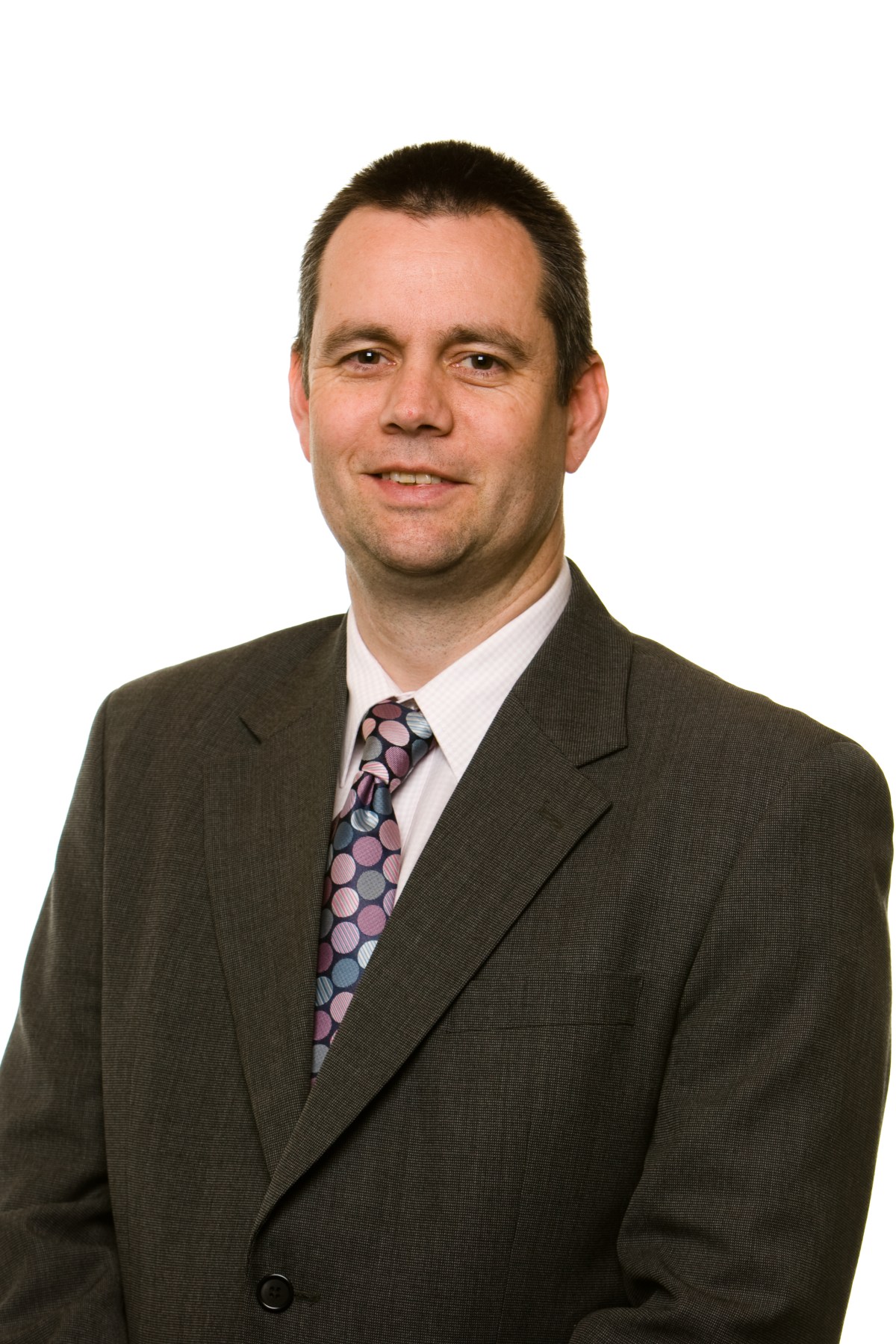With half of Australia’s automotive sector estimated to prevail and other manufacturers embracing state-of-the-art production techniques, the future of South Australia’s manufacturing sector is brighter than some pundits would have you believe, says Grant Thornton’s Mark Phillips.
Phillips, a partner and manufacturing industry lead at the international corporate advisory firm, says the focus of political and public attention has been on the inevitable job and economic losses associated with changes to the automotive sector by 2017.
However, he says there is another side to the story.
“We’re bucking the trend – quite frankly we’re not interested in gloom and doom. We are much more interested in where manufacturing is going and what we can do to take industry forward,” Phillips told Indaily.
“Our research shows that in 2017, 50% of the automotive sector will still be here. We know that 36% of the marketplace is manufacturing components for what’s called the aftermarket (retail components market) – an assessment that has been confirmed by the Productivity Commission – and that sector is growing at 4% per annum,” Phillips said.
“Then you have the spare and replacement parts industry which are supplying replacement parts for vehicles that are on the road at the moment from the three majors, and there are also local companies that are producing purely for the export market,” he said.
“We are exceptionally well placed for component makers to supply majors offshore because we have the required skills.”
Phillips said that short manufacturing runs offshore – which may not be economically attractive for a foreign manufacturer – are the equivalent of long run manufacturing in the automotive industry in Australia. He said this part of the market “does not actually need a GMH or a Ford manufacturing locally to be successful”.
“When we worked through our numbers we came up with greater than 50% of the existing market that will still be here beyond 2017. There is a fair chunk of this industry still to be had, and when we did those calculations a year ago the Aussie dollar was just below parity. We have not even started to think about the ramifications about the dollar’s devaluation.
“Ultimately, I think we will assemble vehicles in this country again. And the reason is that Australia is a very high margin market on sales and consumers want choice. The only way that you can give people choice with a lesser lead time is to actually produce the product closer to the buyers.
“I don’t think we will get back to a situation where we build a car from the ground up but I think we will get to a point where we effectively bring base cars into Australia to which we do a lot of variation on the vehicle in this marketplace.”
Turning from traditional manufacturing to future potential, Phillips says that innovative technologies like three dimensional (3D) printing, one example of so-called “additive or digital manufacturing”, are game changers.
Phillips said coupling a computer assisted design with additive manufacturing can today produce an elaborate titanium component, like a turbocharger for motor vehicles, in a manner that cannot be produced by any other equipment at a comparable price.
He said laying down successive, fine layers of titanium metal power, which are then melted with a laser beam, has major advantages over conventional casting and machining There are not only cost advantages but greater possibilities in the sophistication of design and finish. And there is minimal waste, a major cost of conventional machining practices.
Phillips said that while there were currently size constraints to 3D printing and additive manufacturing, the speed of evolution of the technology will ensure that “the only constraint in the future will be your imagination”.
“We are trying to encourage investment in this area in South Australia and we are talking to the SA Government. I would like to see this additive technology being supported by Government and sitting within a university or a research organisation,” Phillips said.
“It would not only allow industry to come into the university to use the equipment but also allow a generation of students to actually see how this technology works and create some excitement amongst younger people. The industry would be interacting with students and they might then get involved in manufacturing when they graduate.”
As Phillips says, the future for manufacturing does not have to be as gloomy as some pundits would have it and there is plenty of growth opportunity within the sector.
Meanwhile, the SA Government today opened a new Career and Workforce Development Centre at Warradale to deliver career transition services for workers affected by the closure of the car-making industry.
Automotive Transformation Minister, Kyam Maher, said the centre’s services “will include information sessions, career advice and transition services, skills recognition, computer and ICT training, research and personal development”.






